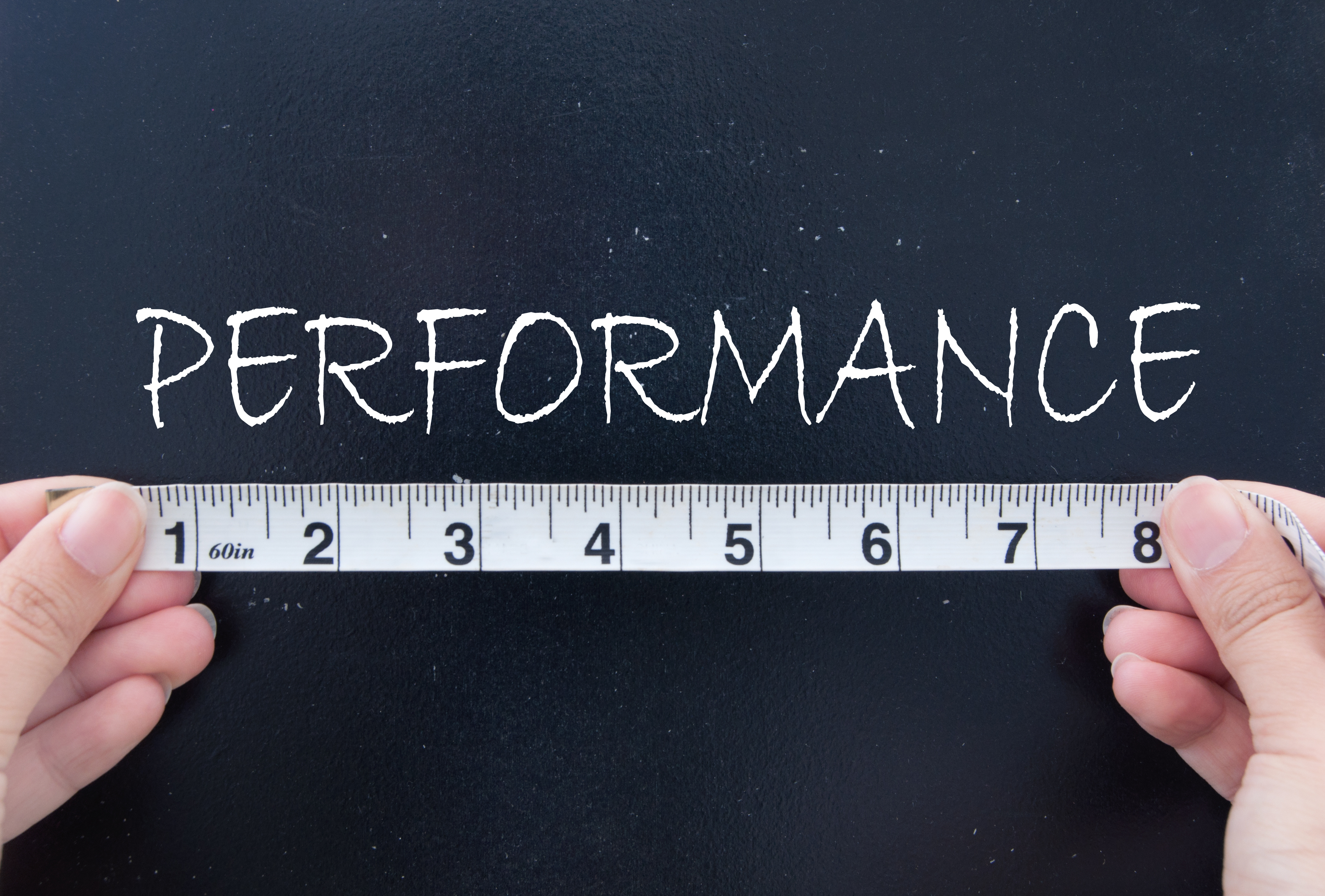When it comes to the end-user experience, one of the most critical metrics is the users’ logon time. As the user’s first action of the day, a fast logon experience can set the tone for a great computing experience, but a slow logon can cause frustration that can set a first impression that is hard to overcome. To best understand how to speed up Citrix logon times and performance, it’s vital to have the proper visibility so that you can see the big picture and assess just where the breakdown might be occurring. Visibility will give you the insight you need to properly dig into the details so you can uncover areas where improvement is required.
To best understand how to speed up Citrix logon times and performance, it’s vital to have the proper visibility so that you can see the big picture and assess just where the breakdown might be occurring. Visibility will give you the insight you need to properly dig into the details so you can uncover areas where improvement is required.
Whitehat Virtual has developed the following best practices to improve user logon times, performance and identify those issues that should be remediated to give users the fast, productive experience they want:
Citrix Logon Failed
Not all failed logins are bad logins. When an end-user fails to successfully login, data can be collected by the local agent, which (with the right tools in place) can provide some detail as to what could have caused the issue. Once determined, steps can be taken to attempt to proactively fix the issue whenever possible, assuming the end-user is still valid.
Citrix Logon Slow
Sometimes a user’s “Startup List” of tasks that fire in sequence at logon can slow down the login experience to send the end-user for a second cup of coffee while they wait for their computer to finish booting. Again, with the right tools, organizations can identify the specific steps in the sequence contributing to the slow down. We are often able to identify a policy, script, or application slowing down logins and with some optimization, improve the performance for end-users.
Understanding the Big Picture
It’s important for organizations using Citrix to continually monitor detailed logon/logoff/session duration information for any Citrix-based logon, proactively looking for slow logins. The average logon time on any given day for the environments Whitehat supports is around 17 seconds, but this can increase if issues are left unidentified and unattended. In general, login times under 30 seconds is pretty good. Anything beyond 30 seconds we generally consider to be broken.
Digging Into Details with Custom Alerts
End users just want to get their work done and fast logins set them up for success when they start their morning. To maintain this experience for the end-user, IT needs detailed information about the login sequence so problems can be identified, isolated, and resolved as efficiently as possible to remove any roadblocks preventing the end-user from completing their work. Organizations using Citrix can utilize tools that deliver a custom alert notification if a logon crosses any defined threshold.
Benchmarking Performance
Citrix environments do not stay static. As an organization completes monthly patching, completes application upgrades, buys new computers, servers, and applications, onboards, and offboards employees, the IT team will need to pay continued attention to how these changes impact the end users’ login experience.
Overall Login Times
According to the U.S. Bureau for Labor and Statistics, the average employee in the United States was paid $38.60 in 2020 or $.64 per minute. That math means slow logins could be costing the organization $1,000 in payroll per employee, per year just in time lost due to slow login times. That is why it is important to benchmark login times as new improvements and changes to the environment are made. From an IT Operations perspective, we largely exist to make sure end-users have ready access to the applications they need to be productive.
Please note that Whitehat Virtual has a “30 Second Challenge” that guarantees its customers’ login times will be 30 seconds or faster in eight hours or the work is free.
Per Step Session Login
To improve the logon time is a great overall benchmark. However, to truly get to the heart of logon issues, organizations using Citrix need to be able to evaluate each step of the login process to make sure that the environment is performing at least as fast as the community benchmark and to be able to quickly identify where things are amiss when baseline numbers start to be exceeded.
Latency Issues
Latency is not typically a big factor when employees are not too far away from the data center supporting them. The farther the employees are separated from the servers supporting them, or are in remote locations with limited internet bandwidth, or possibly sharing home Wi-Fi with the family while working from home, the more latency needs to be a consideration. Citrix users can work across high latency environments, but some care must be taken in the design of the environment to make sure their experience is fast and responsive.
Citrix logons are a key metric and are the first opportunity to get the end-user experience right, setting the expectation for a great computing experience through the day. Whitehat Virtual is dedicated to making this a reality for all its customers because it is the employee in front of the monitor, actively translating IT investment into data, and ultimately into dollars for the companies they work for.
If your logon experience is currently bad, please reach out to us and learn more about ways to improve logon time and performance and Whitehat Virtual’s “30 Second Challenge” today. 





Leave Comment